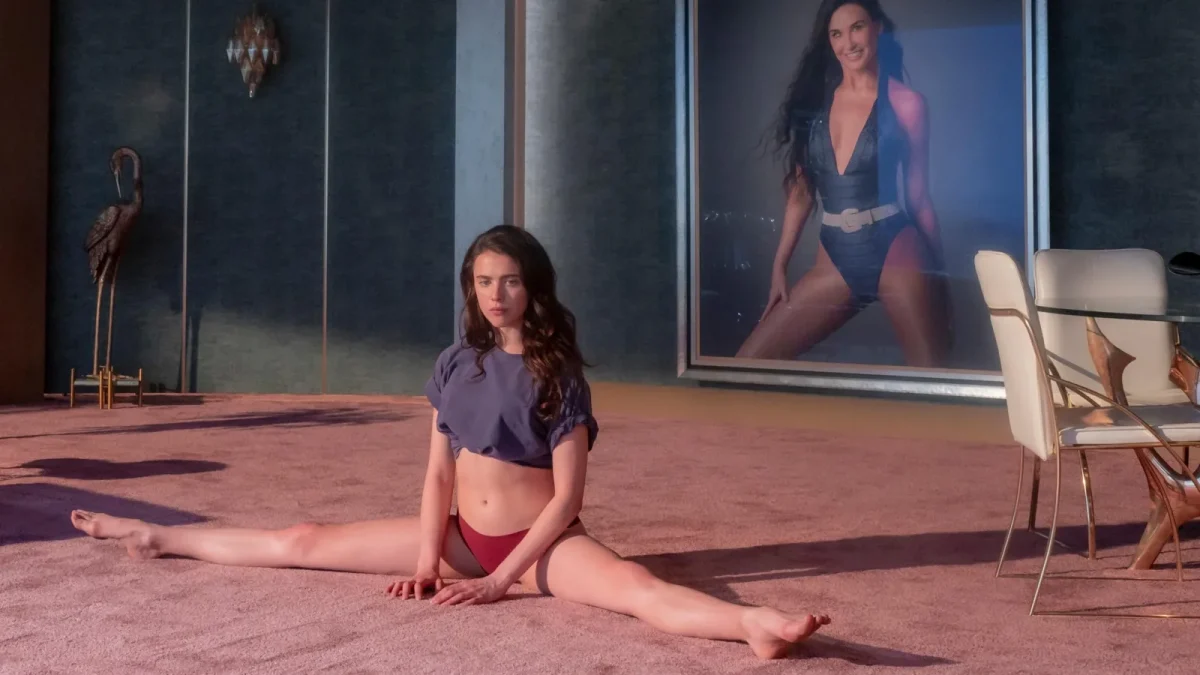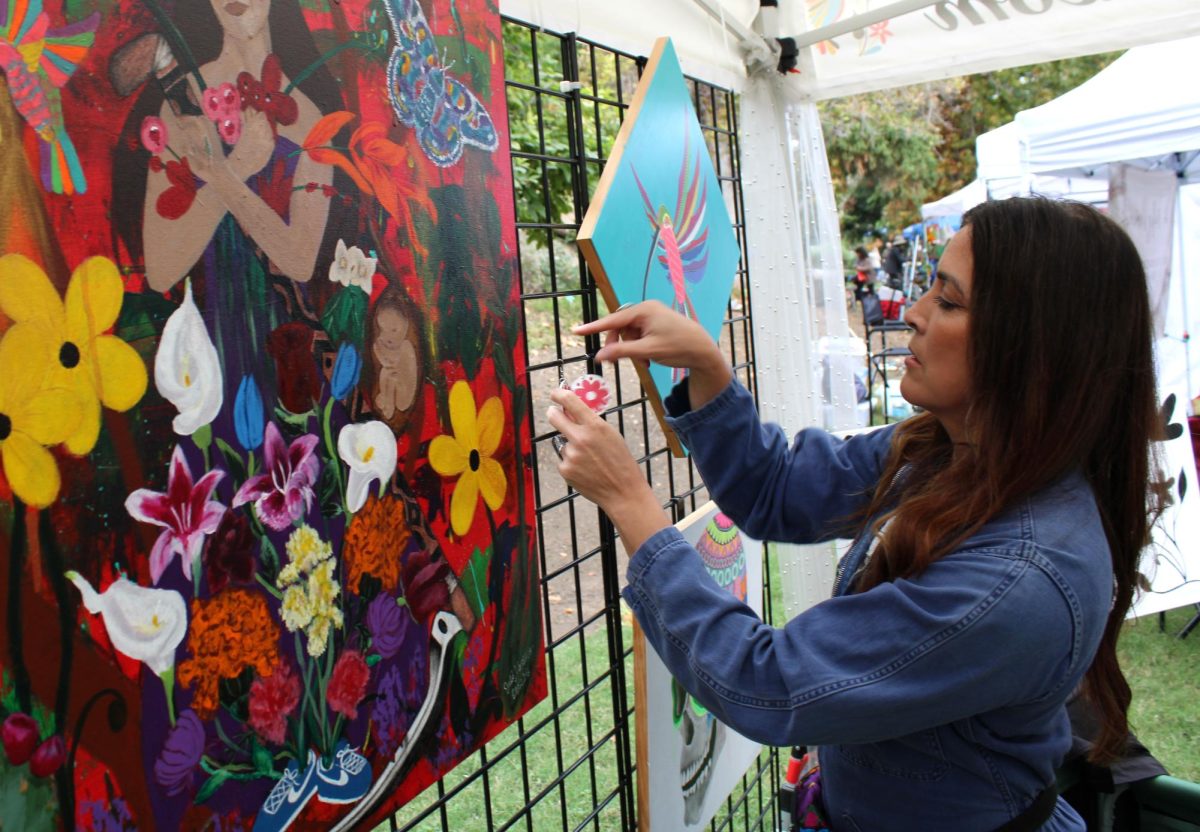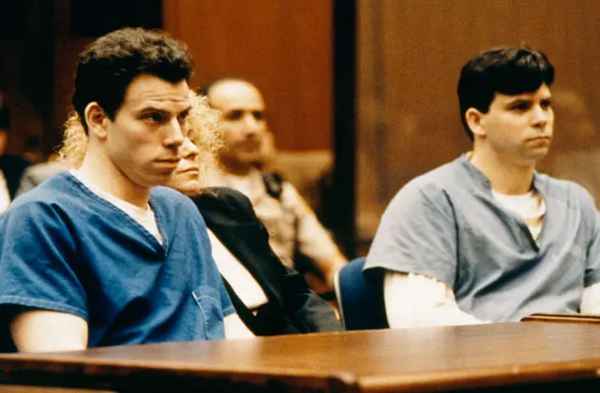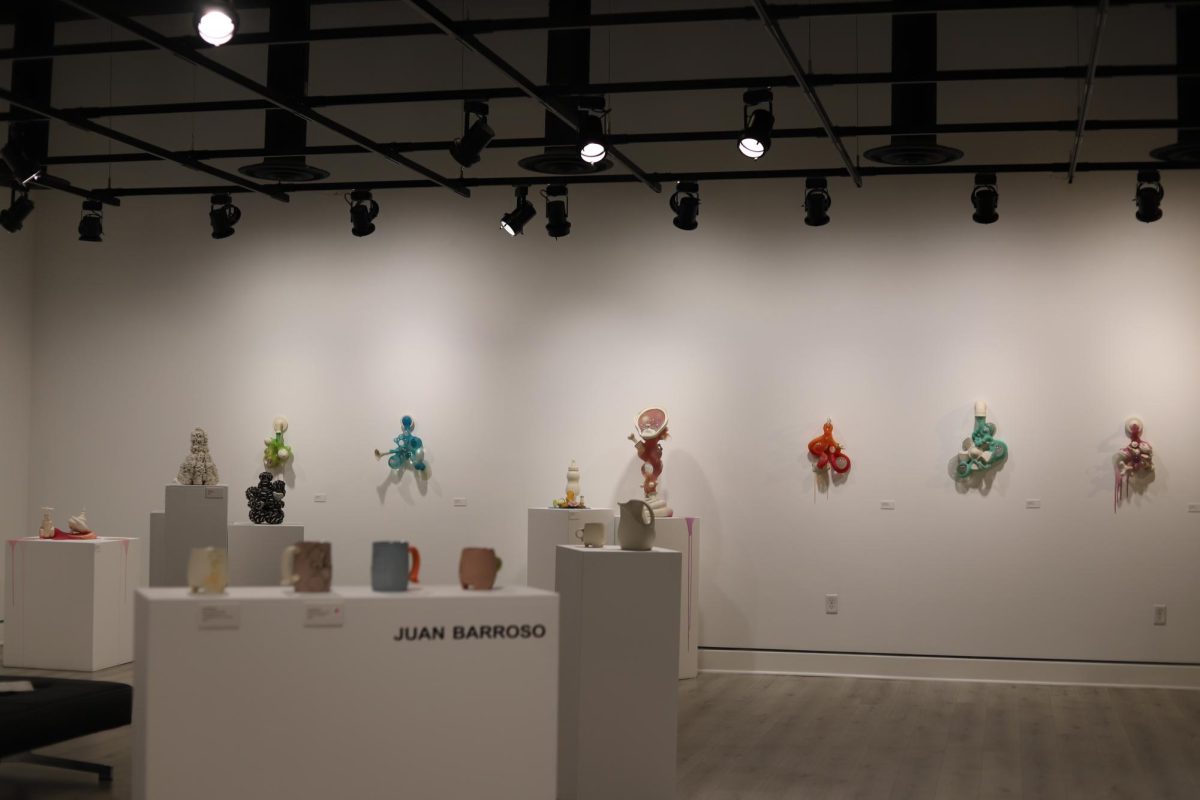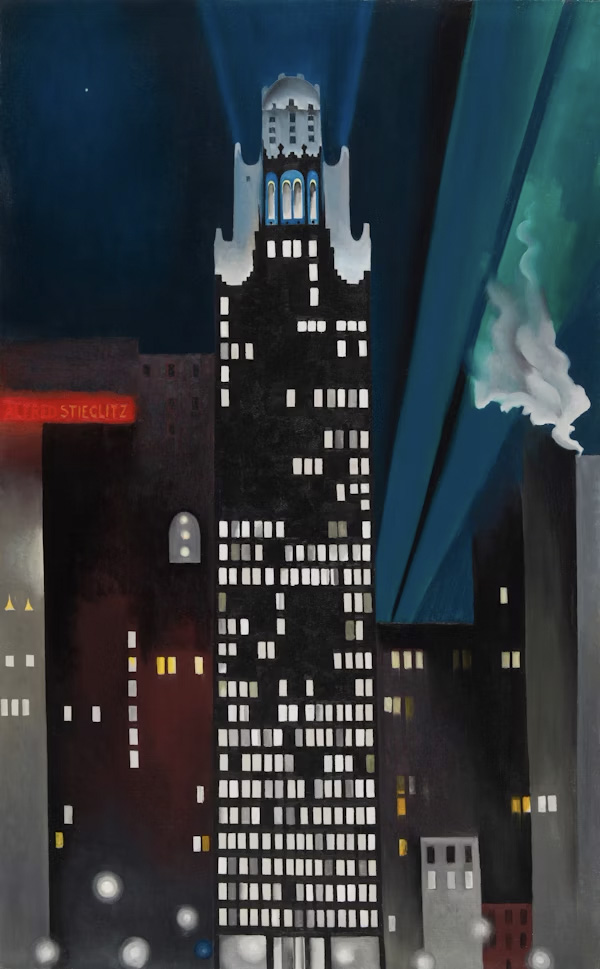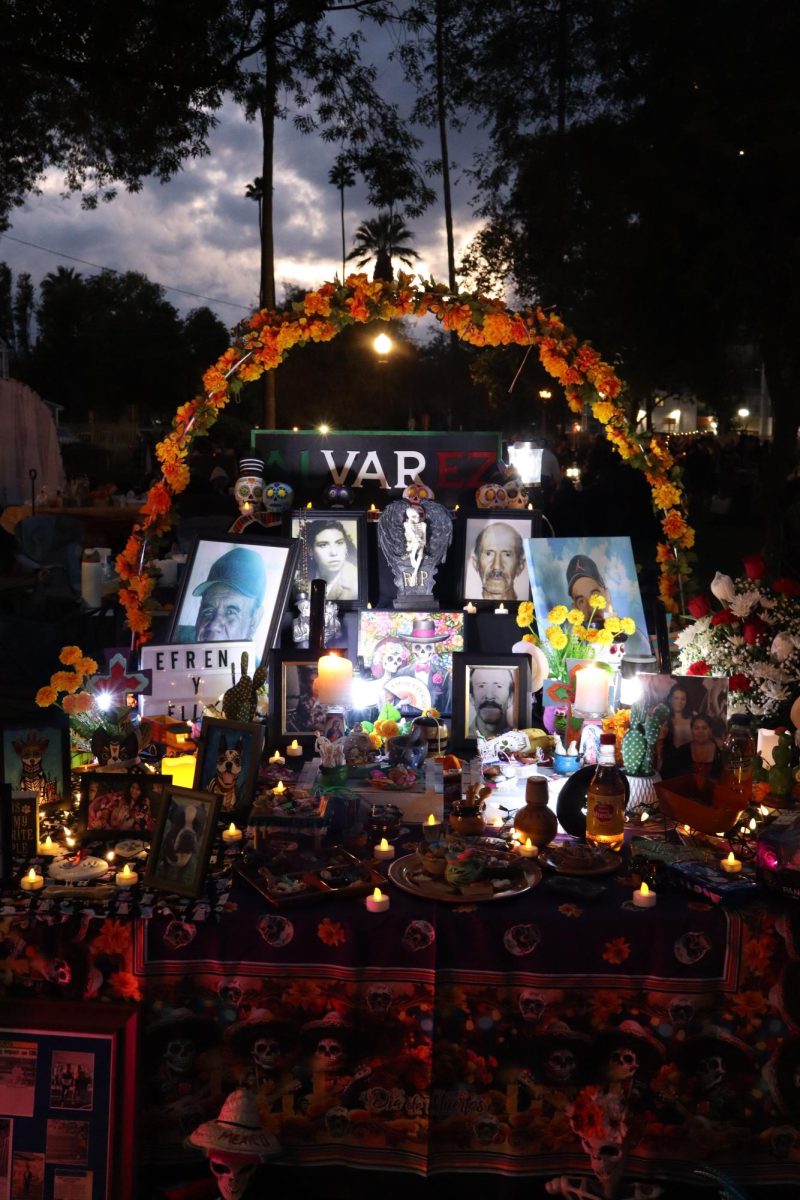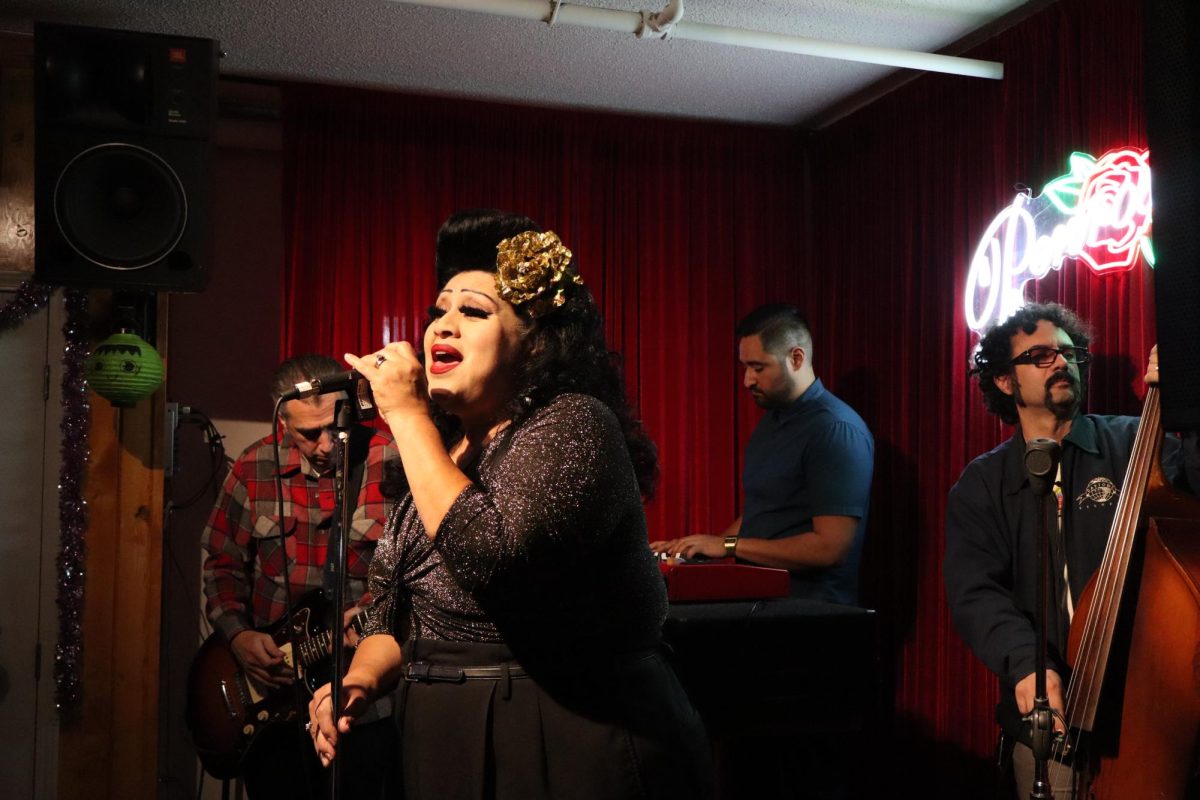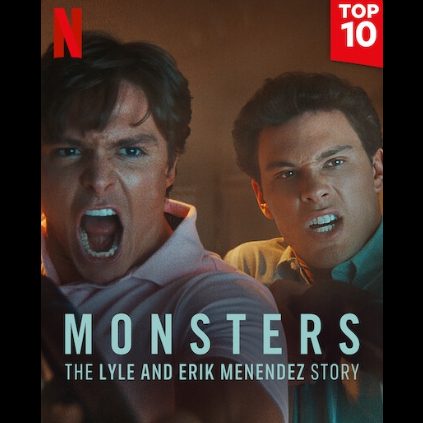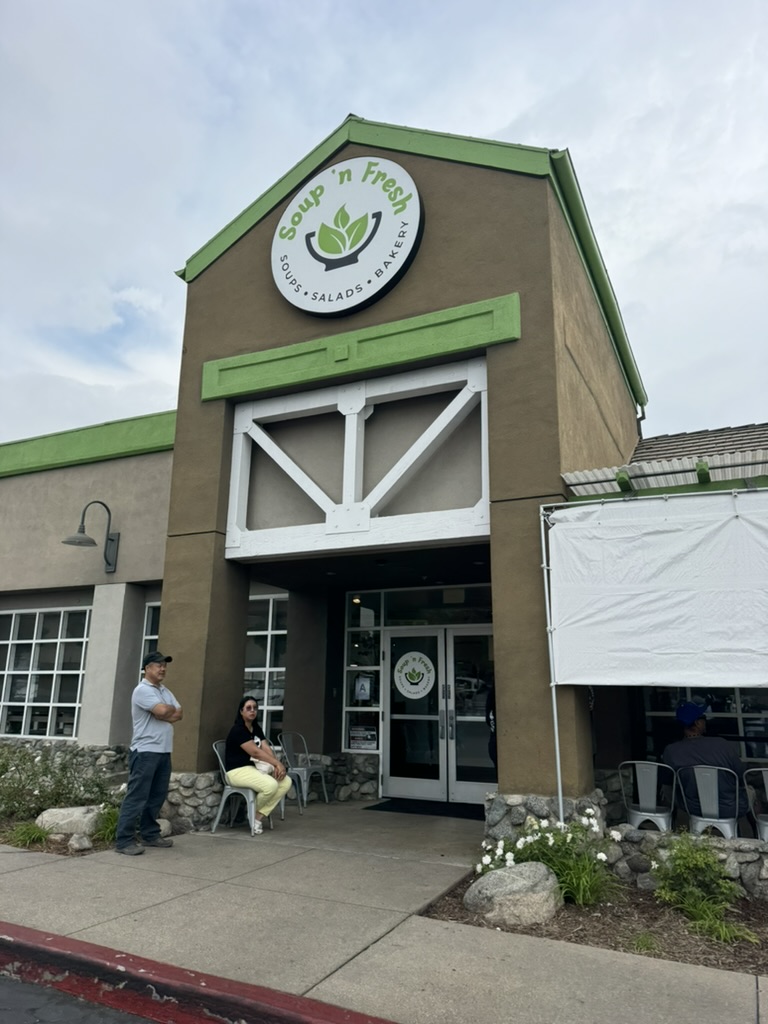By Julia Goldman
Despite an architect’s day being full of early morning meetings, numerous projects and deadlines, Zoey Valenzuela never ceases to believe art is a prominent part of her identity.
For Valenzuela, architecture is more creative and artistic than people realize. The project’s artistic conception is contingent on an architect’s creative vision.
What began with drawing on school worksheets and sketchbooks instead of playing at recess, transformed into Valenzuela pushing her artistic outlets. The introduction to digital art at an early age was a core inspiration.

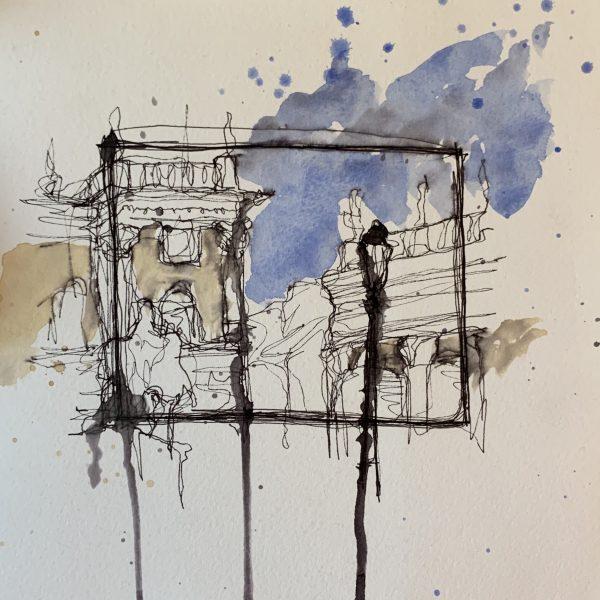
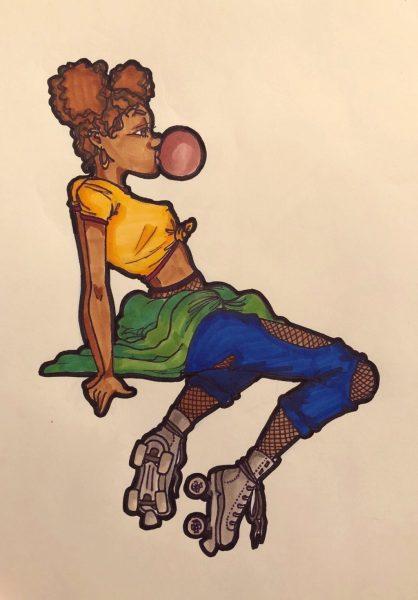
Most children, when learning art, follow a linear path full of developmental stages, with early childhood filled with encouragement of art. It’s at the age of 9 or 10 that most children are faced with what’s referred to as the “drawing crisis.”
Children faced with this decide to either pursue their current artistic interests or discover a different medium to express themselves with. Children are also faced with the choice of abandonment, which many do, due to a heavy sense of self doubt in relation to the activity.
For Valenzuela, art never waivered.
Despite working all day on architectural projects, her environment continues to encourage and stimulate her artistically.
“Art is something I do regularly and always has been a huge part of my life,” Zoey said. “And that won’t ever change.”
Art follows a different manifestation in first generation Latino college student Rudy Mejia. Mejia juggles two jobs on top of being a third year history major at Cal State San Bernardino.
Their outlet is dance, mostly to reggaeton and bachata.
What began as an interest in physical art, encouraged by their uncle, evolved into an interest in dance. In times where Mejia can’t dance, they return to the traditional 2-D art they love.
Dance enters Mejia’s life in the form of their large, tight-knit family with gatherings every month full of home-cooked food and music. These parties truly unify all of Mejia’s family, as it’s a way for them to get together and decompress.
Music unlocks something very special for Mejia, allowing their emotions to manifest organically.
“You won’t ever see me cry, unless I hear a certain song,” Mejia said. “And then you’ll see me dance.”
Art can adhere to several interpretations, and for Cole Dallas, his art is articulated through the medium of music.
Despite classifying himself as an average third year Riverside City College anthropology student, Cal Baptist dropout, and an Inland Empire native, Dallas is so much more; and it is his ambition and passion for music that makes him one of a kind.
Dallas’ obsession began when he listened to 90’s and 2000’s rock as a child. This led him to learn guitar and eventually, bass.
“It was different, which I liked, because I felt everyone played guitar so I wanted to play bass,” Dallas said. “I’ve always kinda had a weird thing, I’m a contrarian of sorts.”
It’s this contrarian personality that’s allowed him to develop success within his music world, with a hyperfixation and inspiration on unique artists.
“I guess I was pretty stubborn with what I was interested in,” Dallas said when asked to reflect on his younger self. “But if I was more open, I’d be more ahead.”
Dallas has experienced his fair share of inspirational blocks throughout his music as well.
“I’ll see other people quit and think, damn, that’s stupid to quit,” Dallas said. “I want to keep playing music, progress, meet more people, and do as many things as I can.”
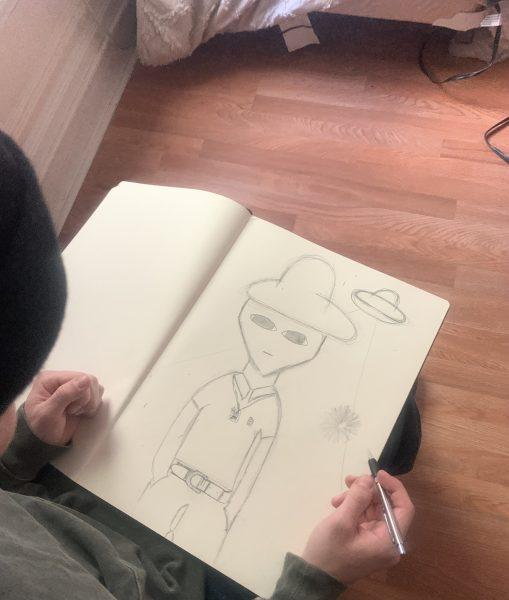
Despite never meeting each other, there was a mutual understanding throughout all of them that their art is something they’ll continue to pursue, however they may choose to.

